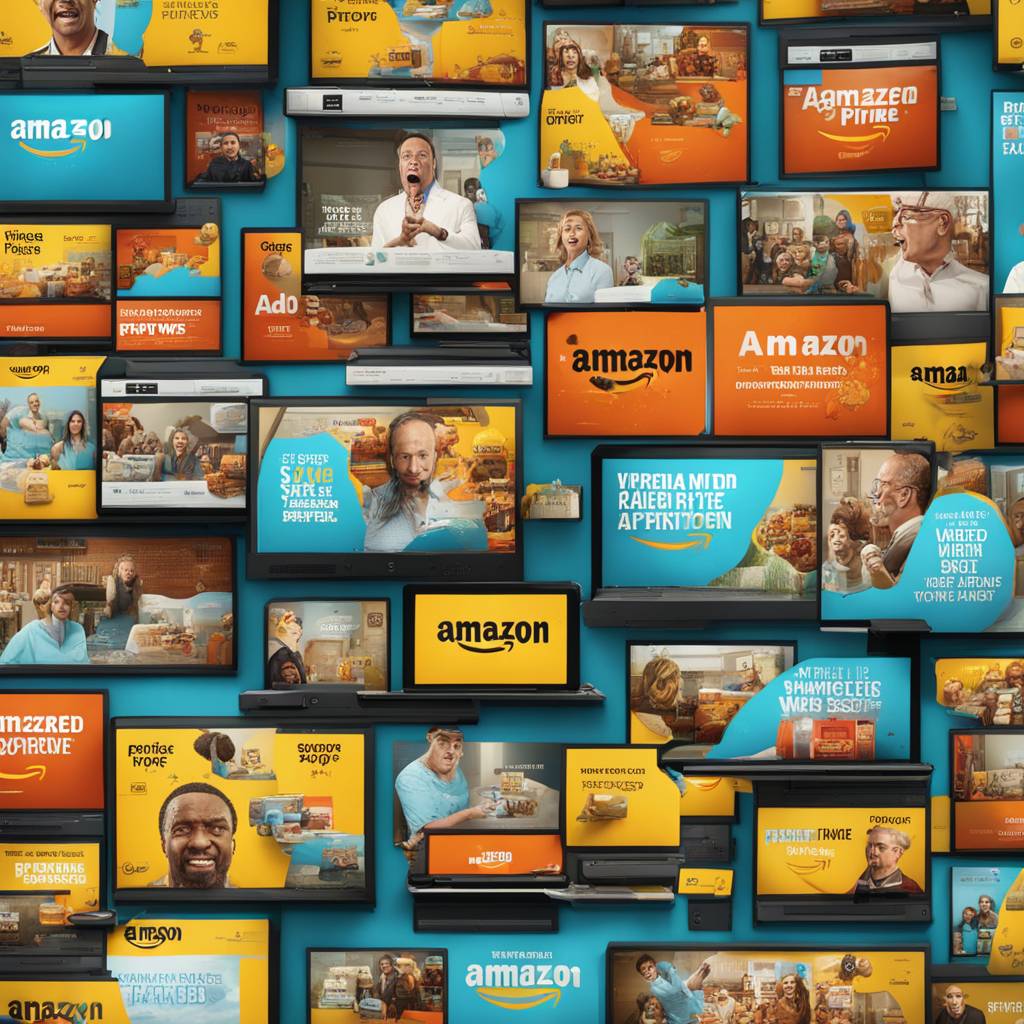Amazon Prime Video subscribers have recently been surprised by the sudden appearance of commercial breaks within their previously ad-free content. Unlike other streaming services, Amazon has decided to insert ads into everyone’s existing subscriptions, prompting subscribers to pay an additional monthly fee to remove them. This move has caused frustration among users who feel like they are being forced to pay more for a service that they had already paid for.
The fee to remove these ads is $3 a month, adding up to $36 a year on top of the $140 annual Amazon Prime subscription fee. This represents a 25% increase in the cost of Amazon Prime just to eliminate the ads. Many subscribers have expressed their annoyance at this new development, with some choosing to endure the ads out of spite rather than pay the extra fee. Adding insult to injury, the majority of the ads shown are for other Amazon Prime Video shows, meaning that Amazon is not even earning additional ad revenue from this new policy.
Furthermore, the timing of these ads during streaming shows has been problematic, as they are inserted randomly and often disrupt the pacing of the content. This is in contrast to broadcast TV shows, which are specifically designed with commercial breaks in mind. Despite these issues, Amazon defends its decision to include ads, stating that it will help support their content and enable them to invest in more compelling shows in the future. They also argue that they have fewer ads compared to traditional TV networks and other streaming services that offer ad-supported content.
However, not everyone is happy with this new policy from Amazon. A class action lawsuit has been filed against the company by a Prime member, alleging that the sudden introduction of ads violates consumer protection laws in Washington State and California. The lawsuit seeks monetary damages and an injunction to block Amazon’s new ad policy. While Amazon has declined to comment on the pending litigation, it is possible that they may revert to a more traditional price increase or offer the ads as an optional lower tier, as other streaming services have done.
Overall, this move by Amazon has been met with criticism and frustration from subscribers who feel that they are being unfairly targeted with additional fees for something that was previously included in their subscription. While Amazon’s justification for including ads may have some merit, the way in which they have implemented this change has left many users feeling nickel-and-dimed by a company that is already highly profitable. It remains to be seen how this situation will ultimately be resolved, but for now, subscribers are left to decide whether to pay the extra fee to remove the ads or continue watching content with interruptions.













